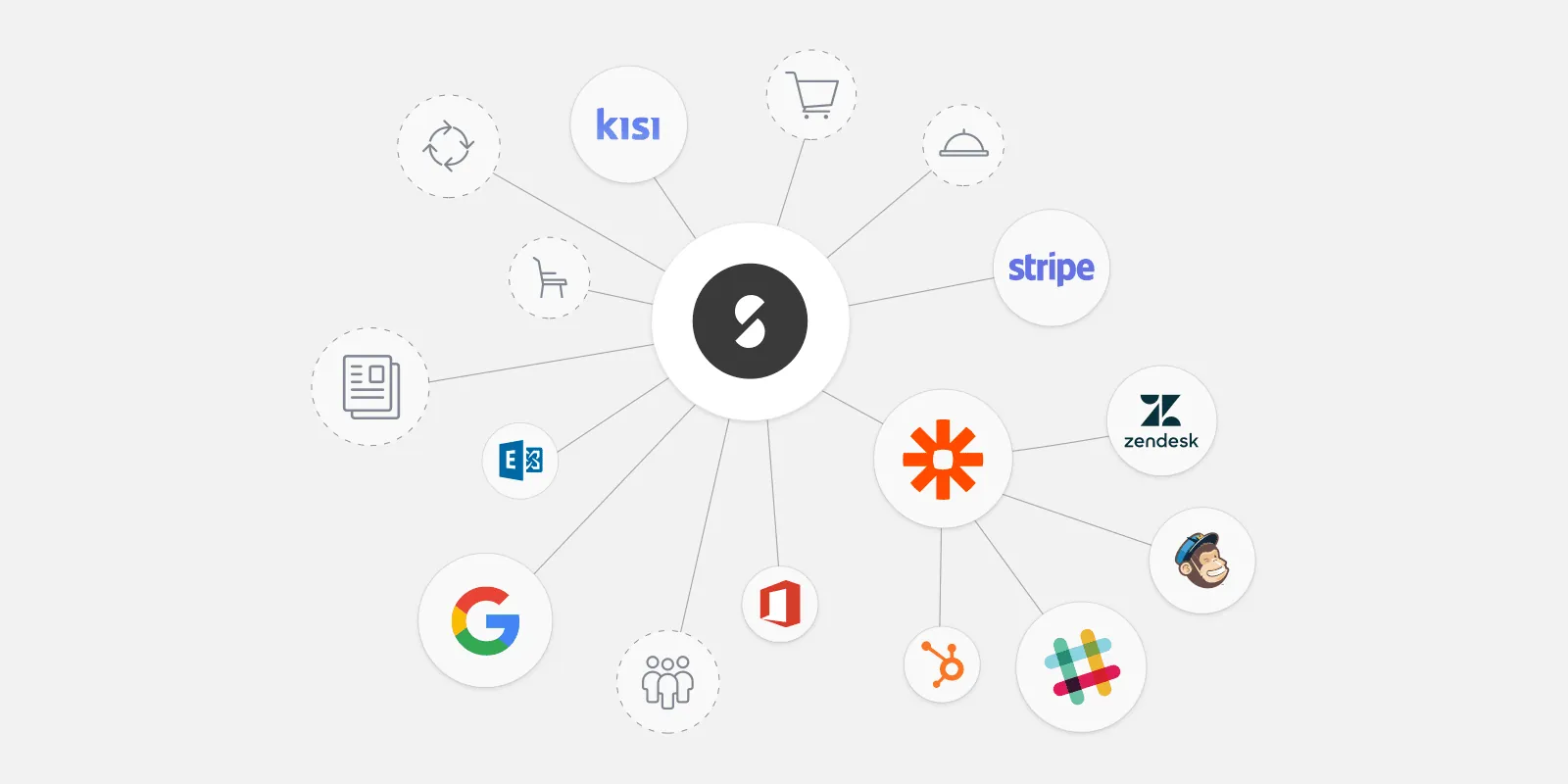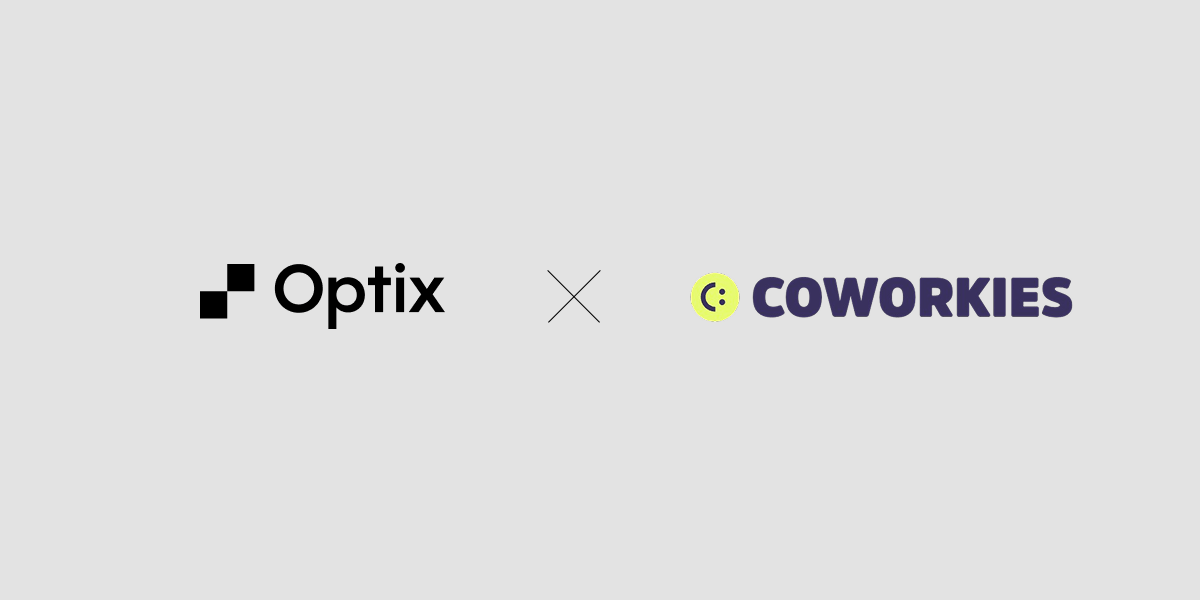
When our team is speaking with potential clients, we often hear people say “I’m looking for an all-in-one solution”. We agree that this sounds great, in theory. There are even a couple of options on the coworking software market that claim to do this. In reality, we find they often fail to live up to expectations. Our advice it to exercise caution before committing to one of these solutions and consider creating a technology ecosystem. This blog will explain why – let’s dive in!
Understanding the risks of an all-in-one technology solution
While an all-in-one package does have its benefits, they can also come with some significant drawbacks.

Half-baked functionality
Have you ever heard the saying “jack of all trades, master of none”? When a software solution tries to do everything, chances are it’ll do none of it well. By attempting to satisfy a broad set of needs, the developers risk spreading themselves too thin. The result may be a software product full of partial or poorly designed features that ultimately fail to meet your expectations.
For example, coworking software providers are in the business of understanding the coworking market. Accounting software providers are similarly experts in all things accounting and financial reporting. When it comes to generating your financial reports, who are you going to trust?
Steep learning curve
Comprehensive, all-in-one software typically comes with a lot of features covering many aspects of your business operations. This can make it overwhelming and difficult to navigate even for veteran users. Consequently, it takes extensive training for you and your team to learn how to leverage the system to its full potential.
Salesforce, for example, comes with tons of capabilities for marketing automation and customer relationship management. However, it’s also well-known for its complexity and having a steep learning curve. In the case of Salesforce, you see many organizations hiring expensive consultants to support with their deployments. This represents an additional cost for you to set-up and maintain your new technology (and yes! – this exists in the coworking software market too).
Slow improvements, increased dependence
Another downside of all-in-one software is the level of upkeep. When a solution is bloated with features, its team has to maintain them all. As a result, they have very little time to work on innovations or improvements to functionality. This puts the software at risk of becoming outdated and you at risk of losing your competitive edge.
By diversifying across a few purpose-built systems, you reduce this dependency. Each software solution will be dedicated to one or two specific areas of your business, which means the rate of improvements and new features are likely to be much higher.
They don’t know you
Many all-in-one software solutions are generic, serving a wide range of industries. Because of this, their teams tend to have only a limited grasp of their customers’ business models and unique challenges.
Purpose-built software, like Optix, is designed for a specific target market (in our case, coworking). It’s therefore likely that the team behind it will have a deeper understanding of the unique pain points of your industry. As a result, you can expect these challenges to be considered and addressed during product development. For us here at Optix, we’ve had experience owning and operating our own coworking space as well as working and interacting with thousands of coworking space operators through our coworking software and marketplace platform.
Building your technology ecosystem
In our experience working with coworking businesses across the globe, we’ve seen no shortage of space operators who have failed to understand the importance of creating a ‘technology ecosystem’.

You may be asking yourself, what is a technology ecosystem and why is it important? A technology ecosystem typically consists of a small number of core systems, with other solutions connected via integrations (more on that later!). At Optix, for example, we use Hubspot, Intercom and Stripe to support our core operations. Because they’re purpose-built, these tools combine to give us the in-depth functionality we need to really engage, convert and support our customers. This, of course, makes sense for our business – a SaaS platform – and will look very different for an operational coworking space.
For coworking spaces, a technology ecosystem may consist of the core member management software and payment gateway with connections to marketing tools, access control systems, printing and WiFi management solutions and more. Software products today are increasingly offering tools such as Public APIs that make sharing information and communication between systems easy! This is the key to creating a well functioning ecosystem. The Optix platform, for example, has integrations, developer tools and APIs that help it seamlessly integrate with other systems such as calendars, payment gateways, access control systems, and accounting tools (coming soon!). This allows actions in one system to trigger a corresponding action (or series of actions) in connected systems.
By creating an interconnected ecosystem of solutions, you get that dream total tech package, plus the benefits of purpose-built software tailored to meet your needs. If you’re not a developer or don’t have access to a developer to build custom apps and integrations, don’t worry, basic integrations and automations can be set up with the help of tools such as Zapier.
Resisting the temptation

Putting in place the right technology is crucial when building your coworking space. We know it can be tempting to go with an ‘all-in-one’ software package. Consider the example of using a swiss army knife to build a house. You might be able to get what you need done – but it definitely won’t be easy. If you invest in a purpose-built toolkit, you’ll be able to do the job quicker and more reliably.
The same thinking can be applied to your technology ecosystem. In the short-term, setting up an all-in-one generic solution may save you time and money. But the extra effort to make it work long-term may drain more resources than running purpose-built software for core functions.
As a coworking business, a coworking management software such as Optix should be one of your core systems. Check out our next article to learn more about how you can scale your tech ecosystem alongside your space’s growth and which tools you should be thinking about as your coworking space evolves.



